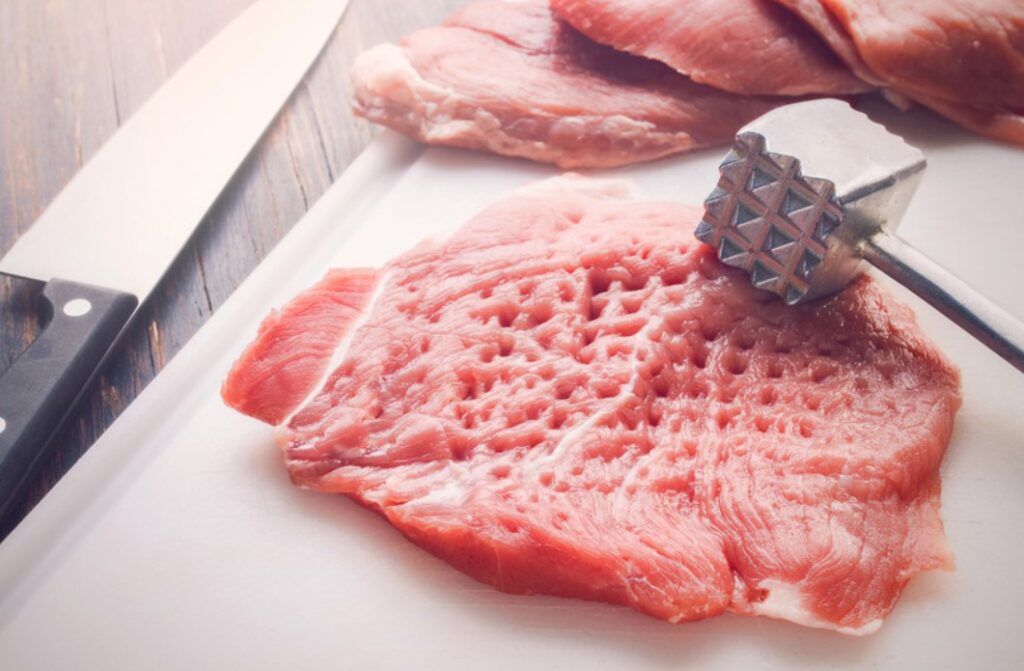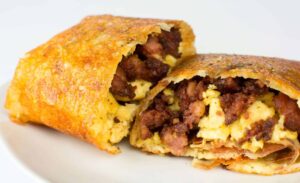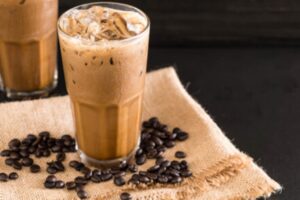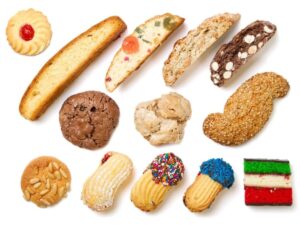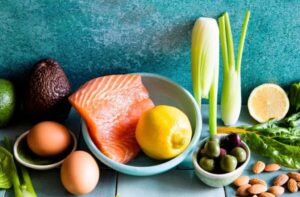In a pinch, a lot of meat can be used to make a burger, but the results are usually not juicy or tender. Generally speaking, the meat needs to be cooked for longer than a minute or two in order to ensure that the meat fibers relax enough to form a bond with the juices in the meat. There is no one single meat tenderizer that is better for all meats. Some tenderizers work better for one type of meat than another. Beyond the meat itself, there are also other factors to consider. The size of the meat and the cut of the meat might also affect how the meat will react to the tenderizer.
Tenderizing meat can be tricky. There are plenty of tenderizers on the market but not so much on the internet. Here are some tips and techniques that will help you tenderize meat easily.
Tenderizing meat is a topic that seems to come up frequently in our cooking classes and with friends and family. Having used a variety of meat tenderizers, I’ve been meaning to write about them for a while. If you’re looking for the best tenderizer, there’s no one answer. The right one for you will depend on what you plan to do with the meat and the type of meat you are using.
As meat costs continue to increase, knowing how to utilize what were formerly known as utility cuts is becoming more important. Which is a lovely way of saying you’ll be eating them for a few days if you don’t manage them correctly. However, if you follow the correct steps, you’ll be rewarded with some of the best-tasting meat you’ve ever cooked for friends and family. As a result, certain utility cuts from the past are now sought after. Short ribs, flank steak, flat iron or diaphragm steaks, and other flavorful cuts have grown popular. Chuck steaks, shanks, tri-tip, and other high-value cuts are still available.
They all have one thing in common: they need particular care in order to be pleasant.
Low and slow cooking are options, but there are also other ways to tenderize them. Tenderizing methods are divided into two categories, in addition to cooking manner.
- Needlers, mallets, and knives are all physical tools.
- Acids, enzymes, and alcohol are chemical compounds.
- or more information on beef butcher check out Peter Bouchier.
These are the topics we’ll look into.
It’s All About the Timing
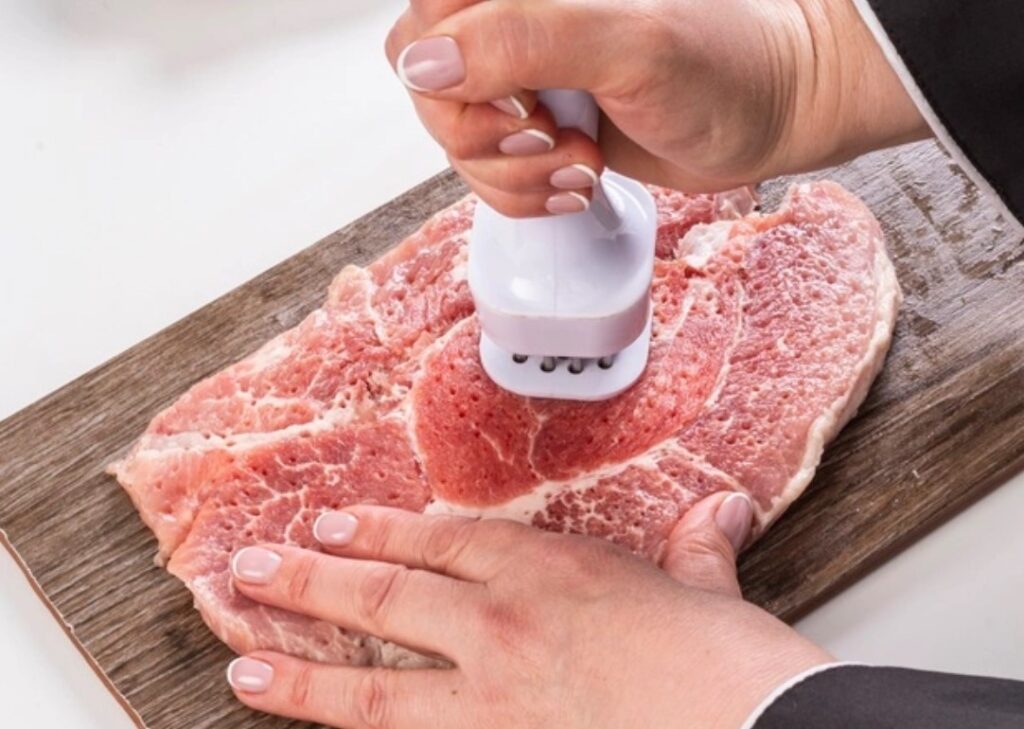
Source: freepik.com
As previously said, cooking methods play an important role in making meats more tender. Obviously, correctly braising or slow cooking meats to get that perfect pot roast, for example, has a failsafe element. Using alternative methods, on the other hand, allows for a wider range of culinary styles.
It’s also a good idea to combine various methods. The majority of what we’ll discuss is still in the planning phases. When the meat is raw rather than cooked, pounding it is considerably more effective (and less dirty). Marinades are pre-preparation steps that may improve the sauce used at serving time. Your knife skills may help tenderize meats before and after cooking. Another element we’ll go through is knowing when to use them.
Texture That Alters Physically
Beat Down
You might argue that it is primitive, and you would be correct, yet beating meat flesh tenderizes it. You can do this with just about anything, from a rolling pin to a particular mallet type to a hefty bottle. Pounding meat results in tenderer meat that is easier to cook, but it may also be used to mold meat for various cooking methods.
The conventional mallet with the textured side works well for tenderizing. It may be used in a softer manner to prevent a mushy texture. Working over a chuck steak with the textured side of the mallet, for example, you don’t want to substantially decrease the height. If the steak starts out 2” thick, gently pound it down about 14” on each side, resulting in a softer 1-1/2” steak.
The smoother side of mallets. This is done to alter the meat’s form. Changing the form of a chicken breast to create cordon bleu or pork loin slices into thin sheets for schnitzel are two examples. They also help the meat by tenderizing it. On the final round of pounding, utilize the textured side to produce a cubed steak texture for chicken fried steak or other dishes. Breading adheres nicely to the pebbling. For a Steak Diane or a Chicken Picatta, a smooth flattened piece dredged in flour would suffice.
Look for the needle
Tenderizers for needles come in a variety of forms and sizes. A surface of sharp needles or tiny blades used to repeatedly pierce the flesh is a commonplace. After the needles have been driven into the flesh, many of them include a spring-loaded guard that pops back into place. The tissue will be broken down throughout this process, resulting in a more delicate piece of meat.
Pro Note;
Jaccard is the most well-known brand in the business, and needle tenderizers are what most commercial kitchens refer to them as. As a result, you’ll find companies utilizing the dubious “Jacquard” labeling, which is really a fabric type.
This procedure may be overused, resulting in too soft meat. Some individuals will object to commercially needled steaks since the processors seldom reveal this information, unless it’s in very small type. The negative has a sawdust-like granular texture. Use caution while using any of the methods we’ve discussed. Needling is an excellent way to enhance absorption and fluid penetration before marinating the meat.
Cut and dice
As is customary in the kitchen, your knife is the workhorse. You may imitate the needle method by cutting a shallow cross weave pattern on each surface of the meat with a very sharp knife. You may also chop the raw meats into different shapes to make the experience more tender. Meat that has been cubed, for example, needs less cooking time and does not get tough from the heat. The smaller bits enhance the absorption and impact of the marinade. Cutting through the tissues, particularly across the grain of the flesh, reduces the tough connective tissue’s texture.
Slicing is a crucial step in many meats and dishes after they’ve been cooked. A prime rib would never be sliced lengthwise into lengthy pieces. Cutting perpendicular to the grain allows you to fully appreciate the texture you worked so hard to achieve. When it comes time to serve, flank, chuck, brisket, and tri-tip are all examples of meat that craves a perfect slicing across the grain.
Science of Chemistry
The emphasis will be on liquid marinades. Don’t get us wrong: we adore our rubs and the massive flavors they give. The salt that aids in the penetration of these mixes is also known to slightly toughen your meat. As a result, they don’t belong in our discussion of tenderizing methods.
Another outlier in this discussion is oil. Make use of it! However, don’t expect it to tenderize your meat. It’s an excellent flavor carrier and will aid in the cooking process of your meal. Because marinades seldom penetrate far below the surface, you may use an injector to enhance the tastes and textures. Generally, this should be done closer to the start of the cooking process.
Acids
Although some people disagree with this assertion, citric acids, vinegar, tea, buttermilk, and even wine may help you produce a more delicate result. Yes, marinating is an intrinsically flavor-transfer technique, and it works. However, these compounds will assist to relax the proteins in the meat in the short term, around two hours, giving you a more soft outcome. However, after a few hours, the effects will start to reverse, and the flesh will become tough again.
Because meat is mainly water, and the same collagens and fibers that make it tough are resistant to absorption, marinates do not permeate very deeply into the flesh. As a result, needling or shallow slicing will increase the marinade’s benefits. They increase the amount of surface area exposed to the fluid, resulting in a greater tenderizing effect and improved taste.
Alcohol
As a tenderizing aid, this is a little more contentious. There is a widespread belief that the alcohol should be denatured or cooked out. Others swear by wine, which contains tannins and citric acid in addition to alcohol, which aid in the tenderizing process.
Another beverage that adds a pleasant taste is beer, which straddles the line between alcohol and enzymes that aid in tenderization. Whiskey and other high-alcohol drinks may be too powerful to be beneficial. Because a high alcohol content can make things more difficult, be sure to dilute your other liquid components down to 15% or less.
Enzymes
Perhaps the most well-known meat-eating fruit or vegetable is the pineapple. The high concentration of a protease enzyme called bromelain will actually digest the meat as it sits in contact with it if given enough time. Fruits like papaya, kiwi fruit, and mango are also high in enzymes that help tenderize meats. You’ll want to use them sparingly and at certain times and temperatures.
Enzymes, more than any other chemical additive, become considerably more active as the temperature rises. They work best when the temperature is between 120 and 150 degrees Fahrenheit. Obviously, this is not a suitable temperature for marinating. When you marinate the meat with these enzymatic components, they will attach and somewhat enter the flesh, then become active when you begin cooking. Pork Al Pastor is a typical example, in which tough pork slices are sliced and stacked with pineapple on a vertical spit to roast.
Cooking And Serving
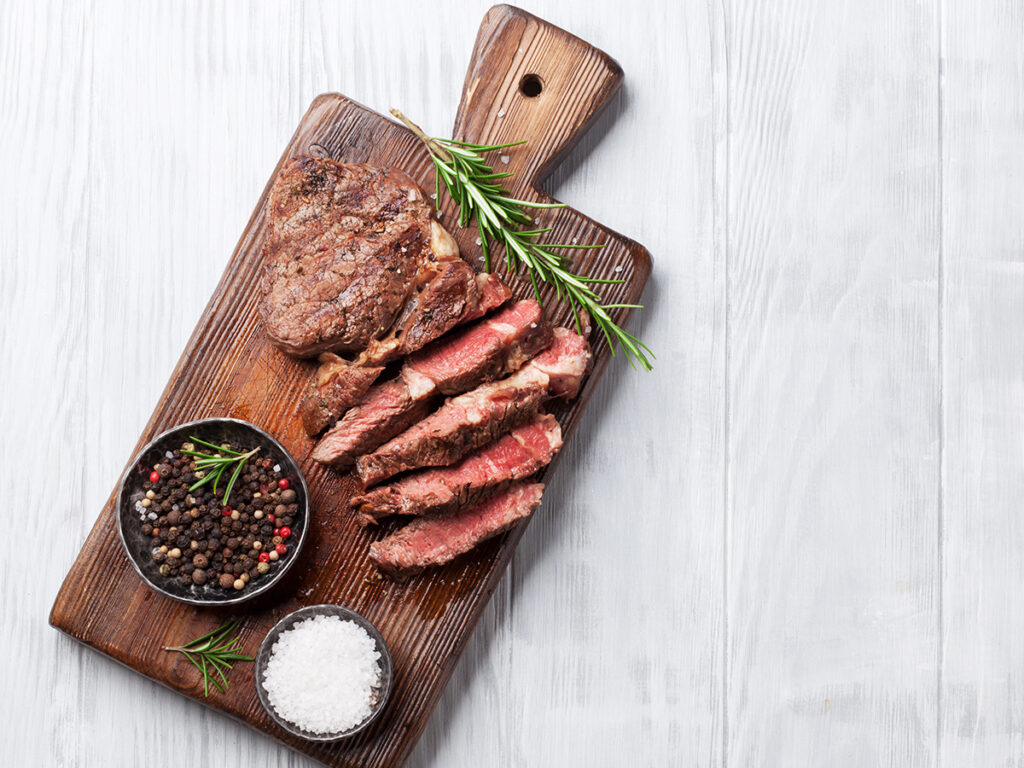
Source: sheknows.com
These tenderizing procedures will help meat to be prepared for a range of cooking methods. Anticipating your cooking procedure may help you decide which preparatory actions to take. Slices of marinated meat, for example, are excellent to put on a hot grill because the sugars in the marinade caramelize to create a beautiful outer layer. Another method to enjoy well cooked meats is to sear tiny chunks in a wok or pan.
Pan frying thinly pounded meats is a method used to create a variety of meals. Needling from both sides of a piece of meat to be roasted, on the other hand, may produce delicious, tender slices up to three inches thick. Finally, careful knife work is important both before and after the meat is cooked.
There are many ways to tenderize (soften) meat, and each one has its own advantages. The most common way to tenderize meat is by using a tenderizer – a tool which breaks down the proteins in the meat, reducing their hardness. This makes the meat easier to chew and much more tender at the same time. Tenderizers are often made of materials such as stainless steel, wood, or plastic. Some are handheld, designed for working with smaller quantities of meat and others are mounted on a large metal grinder.. Read more about apple cider vinegar meat tenderizer and let us know what you think.
Frequently Asked Questions
What are 3 ways to tenderize meat?
There are many ways to tenderize meat, but the most common way is by pounding it with a mallet or rolling pin.
What are different ways to tenderize meat?
There are many ways to tenderize meat, including pounding it with a mallet or rolling it in salt.
How do you chemically tenderize meat?
To tenderize meat, you can use a mallet and pound it with a heavy object.

